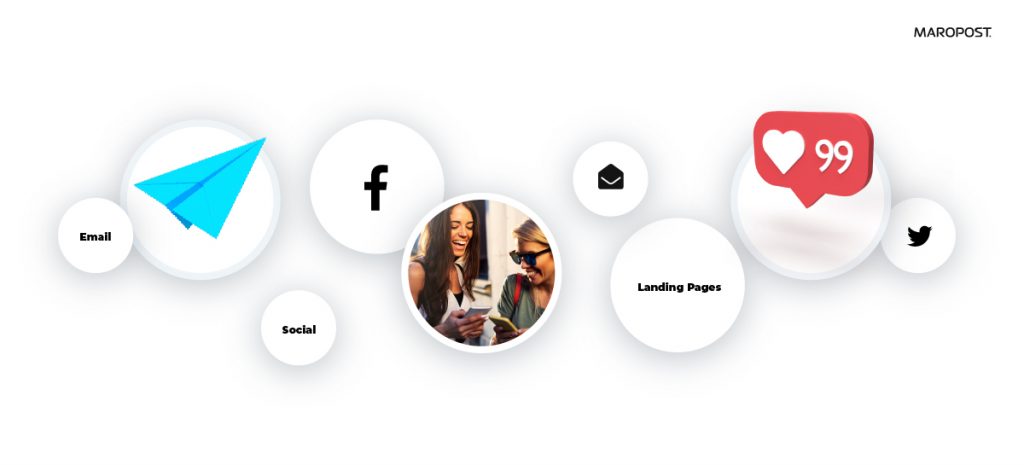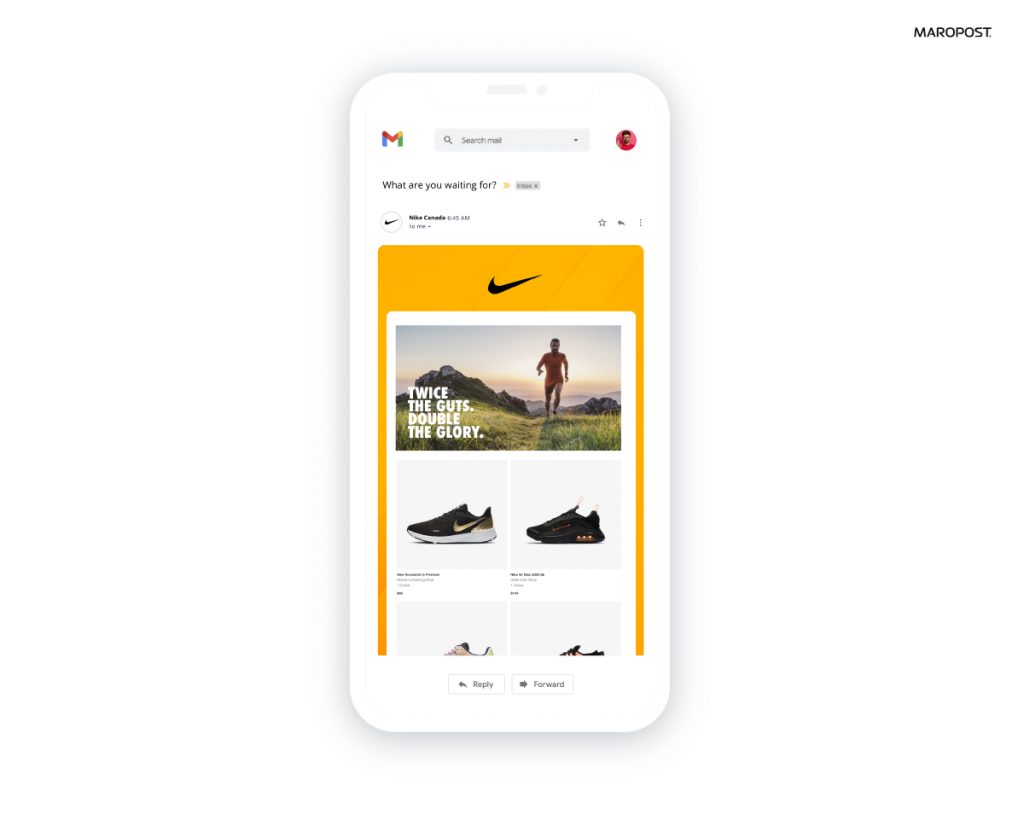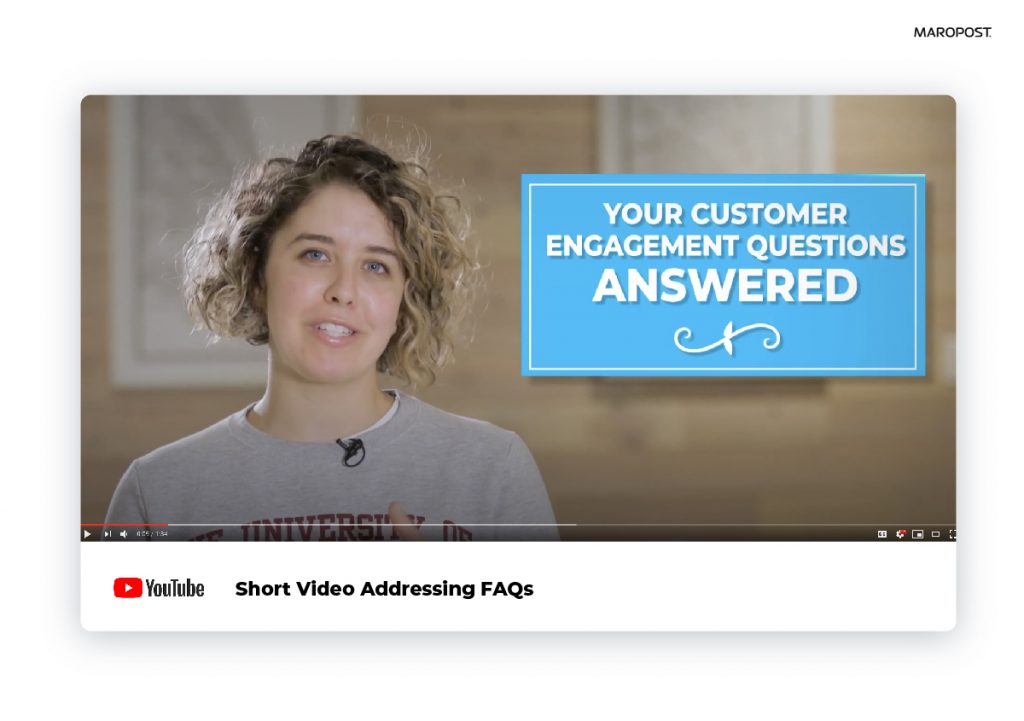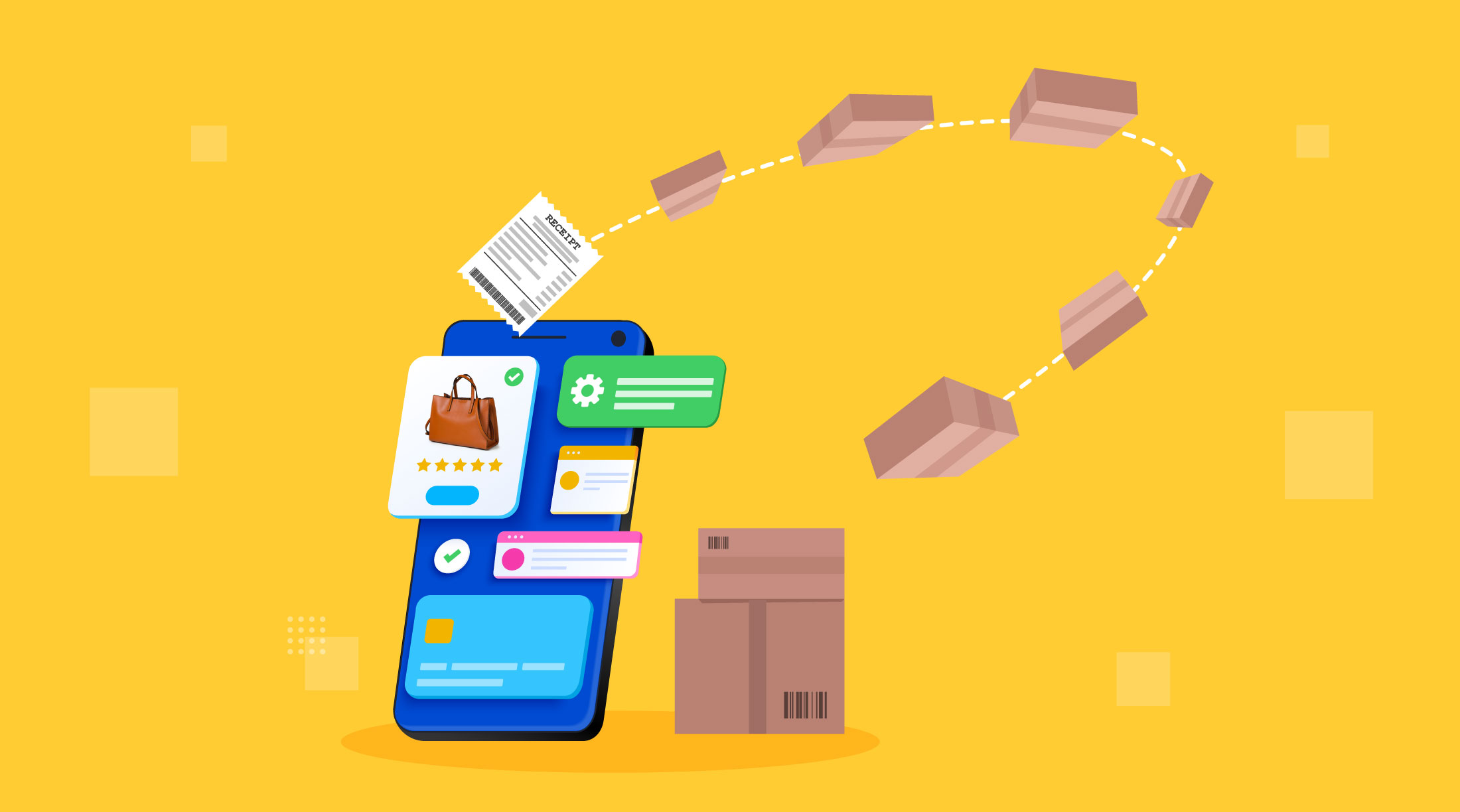Ecommerce Marketing is a mix of three elements of day-to-day life that create a powerful tool. Ecommerce is merely the sale and or purchase of goods and services over the Internet (also known as online shopping) done through online stores presented using websites and mobile apps.
Ecommerce marketing is essentially all the strategic methods used to create and or increase awareness (and website visitors) about one’s online store, goods, and services. It encompasses all the advertising tactics used to promote a brand, goods, and services. Ecommerce marketing is about strategy.
What can you do to get and keep customers? There is a list of things that could go on to answer this question, but there are some things you need to understand about Ecommerce marketing:
3 key facts about ecommerce marketing
1. Ecommerce Marketing is Ever-Changing

Methods used to execute ECommerce marketing change and evolve virtually every day. As trends come in and fade out, and as technology advances, marketing tools and strategies do too. So don’t stop learning
2. Ecommerce Marketing is Visual

Potential customers are captivated by what they see. Honestly, nobody enjoys ads, but colorful displays and loud noises easily entrance the human mind. So you should go for strategies that effectively utilize visual effects. Ensure your page is mobile-friendly.
3. Consistency and Content are Key Elements

Do not expect to put an ecommerce marketing strategy out today and get loads of responses today. You have to be consistent and patient.
Another mistake often made is throwing out negative ads. Ensure that there is always relevant all embodying content to view when a prospective customer gets to your website or application because you are content marketing.
5 strategies for Ecommerce Marketing
There are various strategies and tactics used to market products and services, but here are the most used strategies that constantly yield results:
1. Engage Customers with Email Marketing

Email marketing is one of the oldest means of digital marketing in general, but even after years, it still yields results. It subsists effectively because it is usually personalized and easy for you to use because of automation.
(Read also: 10 Ecommerce Email Marketing Strategies for your Online Business).
It’s personalized in the sense that before you can get access to an individual’s email, they would have been registered one way or another to your business. As a marketer, work has been made easy for you by the invention of automation and drip campaigns to give your business a needed push.
2. Capitalize on Search Engine Marketing (SEM) and Search Engine Optimization (SEO)

Search Engine Optimization is supposed to just be under Search Engine Marketing, but it has become such a powerful tool in Ecommerce. SEM comprises of SEO and paid ads.
SEO is the strategic use of keywords and content optimization to create organic, unpaid traffic. It is just generally meticulous content development (like blog posts) that makes one’s website easier to find. Strategically stringing words according to the most searched for words and phrases while conveying relevant and meaningful content.
Paid ads are another part of SEM that reign dominantly in Ecommerce marketing. There are several different forms of marketing plans and platforms that support advertisements. Here we mainly look at social media marketing and PPC campaign. Social media marketing comprises the use of social networks to push contents.
Social media platforms that allow for this include Twitter, Instagram, Facebook, and so on. While PPC campaigns comprised of creating ads and sourcing for relevant websites to places your ads. Every time an ad is clicked on, the clicker is redirected to your site. You, in return, pay the owner of the previous site.
The most effective platform for running PPC ads is Google Adwords, as they will bring up your site when relevant keywords are typed.
3. Leverage Market Affiliation / Affiliate Marketing

Affiliate marketing happens when another website incorporates links to your own concerning a post that they have made. And as with everything about Ecommerce marketing being pay to play, you most probably have to pay. This is a very efficient ecommerce marketing method.
For instance, let’s say you sell dinner gowns, and a smartphone user searches for the best restaurants to host a dinner party. Let’s say you are in affiliation with the writer of a list named Best Restaurants for Dinner Events. After scrolling through possible restaurants, a list of Beautiful Dinner Gowns would most likely capture the attention of the searcher. Then they are redirected from the landing page to your product page.
That is simply how affiliate marketing works.
4. Address Frequently Asked Questions

When you have an FAQ section of your website, you would see questions paraphrased multiple times. And when giving your answer phrase in such a way, it is similar to the question asked. This makes your site more visible to the multiple ways a question could be asked. Fast and accurate responses also show how efficient you are, thereby creating loyalty among your clientele.
You can also make your FAQ section a live chat. This way, when prospects google questions, they will be directed to your chat or website to get the right answers. If your live-chat or chat-bot is programmed properly, it will advertise your goods and services while responding to the question asked. It is all about strategy and tactics.
5. Share and Reshare User-Generated Content

As a service provider, your duty is first to your client than to yourself, so of course, you have to make your users experience worthwhile. What many don’t realize is that this, in turn, promotes you.
Engage your clients in ways that also benefits you, and you can achieve this by:
Competitions: create a social media-based competition where your target audience has to do something holding the product and or talking about it. This does a similar job to the campaign promoted posts would have. You can also incorporate social media hashtags and watch your product/service trend
Review platforms: Create a space where users can review your product. This ensures you deliver quality because reviews are brutally honest, engages your clients, and serves as testimony to prospective buyers, advertising your product. They are also helpful to drive traffic.
Referral marketing: In referral marketing, you give your customer base a way to inform and get more clients for your product while offering them a prize of sorts. Perhaps a discount or free shipping. Referrals are a great way to build clientele while spending less on paid advertisements.
There are so many strategies to execute Ecommerce marketing, but the key thing to know is that there will be a set of fails and seemingly dead ends. But keep trying and do not compromise your quality to gain quantity. Make sure to make reaching your site easy, and always KISS (keep it short and simple).
Don’t make the mistake of trying to utilize all the marketing channels at once, rather pick a few that are related and focus on building them. Once those are stable, you can go on to incorporate more. Most importantly, deliver quality and treat your customers as Kings because word of mouth will always be the greatest marketing strategy.
How are you marketing your ecommerce business?
More than 10.000 marketers use Maropost for their ecommerce marketing strategy. We’re here to help you growing your ecommerce store!
Chat Now

